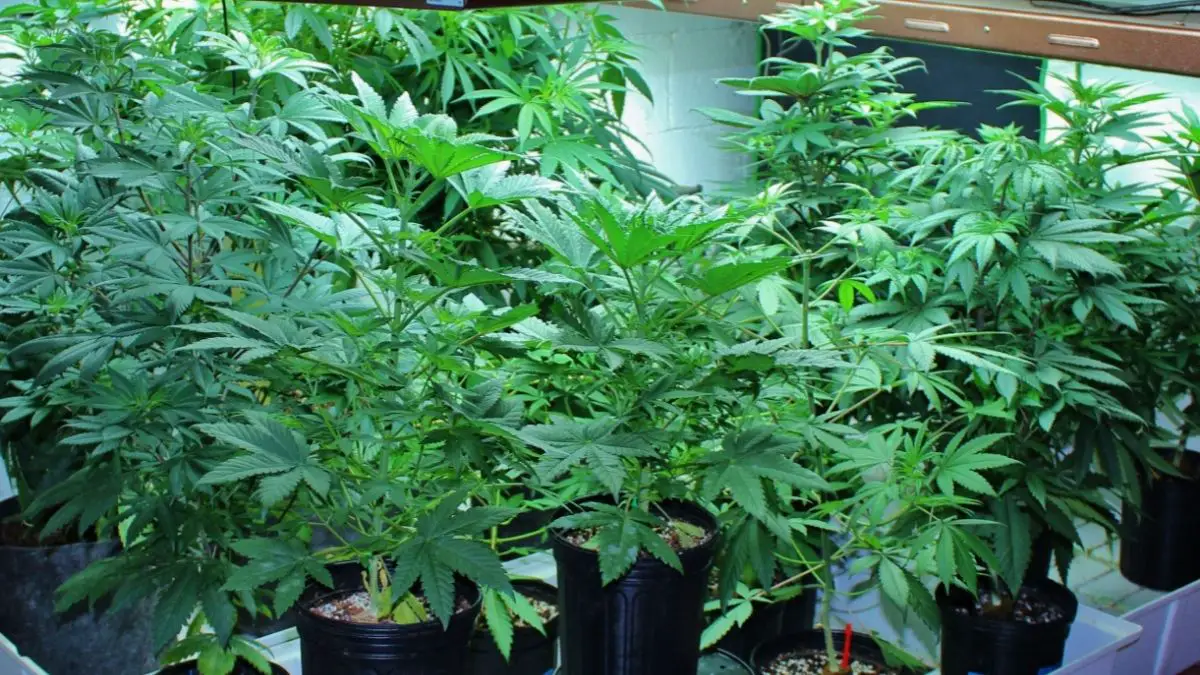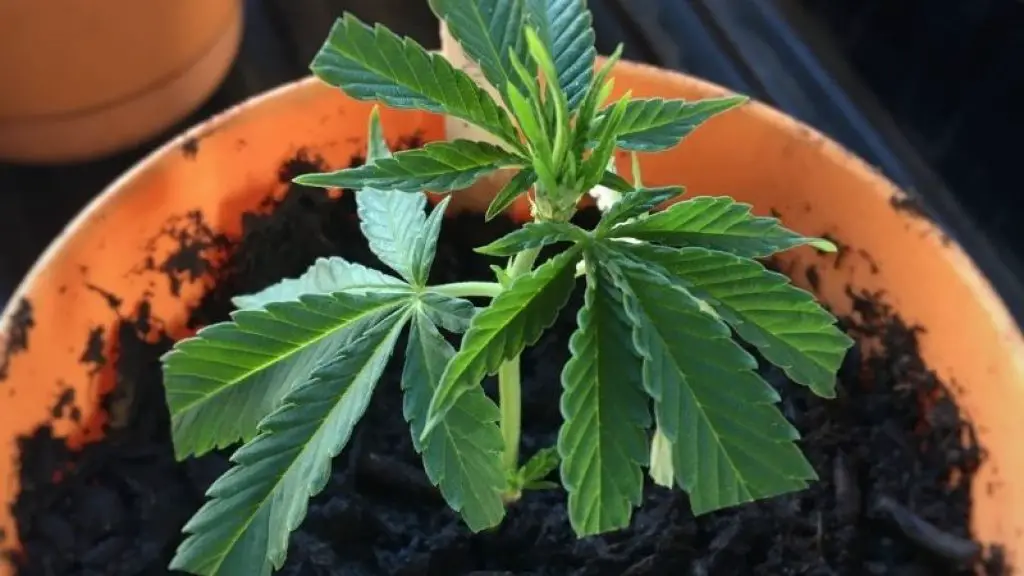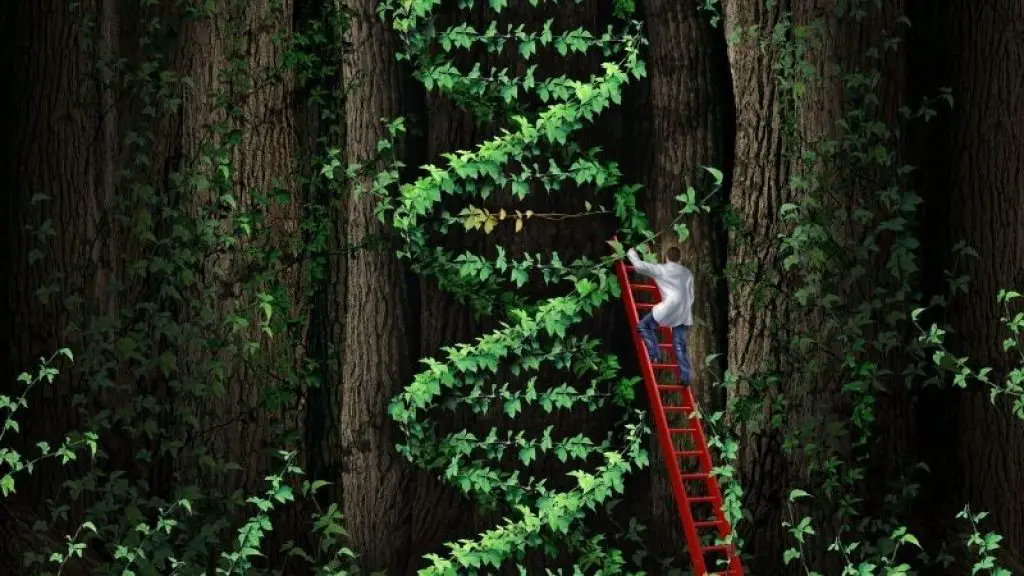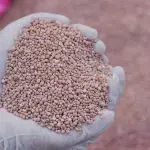How to Clone Plants and What is the Best Cloning Method?

Do you have that plant which you like the most and wish you have more like these? Then we have good news for you that it is possible. Yes, we are not kidding. You can make copies of that plant and these “Identical & Genetical” copies will exhibit the same features of your original plant. This process is called Cloning and No, it is not illegal to do in plants.
Here, we are describing to you how to clone plants in the best possible way along with what is the best cloning method.
So, if you have a plant that is growing good quality fruits and is pest resistant, don’t let the opportunity slip away to keep it forever by making clones of it again and again. This is why we say everyone should know about Methods for Cloning Plants. Check out how you can do it:
How to Clone Plants? A Complete Guide
Every gardener should know how to clone plants. It is not that difficult process. Cloning has been going on for centuries. It is an asexual method in which you take a part of a “mother plant” and make identical genetical copies of it using different mediums and methods (which we are going to describe later in this article!).
What we are now describing is also the easiest and best cloning method. Let’s see step by step guide on how to clone plants:
Make a Perfect Cut
The first step in cloning plants is you make a perfect cut. Cut nodes, or newly grown branches with a sharp razor. Make sure that you get 5–8 inch long plant parts. Don’t just cut randomly, there is a strategy to it. You have to cut a 45-degree angle underneath the node. This 45-degree angle is necessary as due to this, more area will be exposed and the plant part will be able to absorb more moisture and nutrients. This will not have been possible in a 180-degree cut.
If there are little branches or nodes attached to it, remove them as well. Now it’s time for some manicuring. Manicure the cut part from the base to expose the stem. Allow for more space for the growth of the roots when you plant them.
Cut the leaves Edges
The next thing you will need to do is cut the edges of leaves to about 50 percent of their original size. By doing this, the transpiration process will be at a desirable rate and it will also prevent the plant cuttings from coming in contact with other plant cuttings in a cloner. If they do come in contact, then this can allow moisture to uphold or “hide” which can cause molds and fungi to appear.

Split your cutting
Have you seen a snake tongue? If you haven’t then we recommend you to search it first. Why? Because you are now going to “Transform” your plant cutting into exactly a snake tongue shape. You have to make a half-inch cut at the plant cuttings’ bottom. This will split the part in two directions. But why do we do this? We do this because it will help the cutting to absorb more nutrients and water for growth.
Dip and Plant
People ask, how to clone a plant with water? Well, water is super important for the cloning process. After the splitting, dip the cutting into filtered water or a cloning solution. This will help it moisture-wise when you plant it into the soil or a cloner.
Cuttings need moisture to survive early as roots are not properly developed. Dipping will keep the cutting hydrated at the beginning of the planting phase.
If you are using a cloner, dip your cutting in a pre-soaked Rockwool cube and let the cloner do the rest of the cloning work. You can then start planing the final clones in the garden.

Benefits of Cloning your Plant
The reason people are talking about cloning is due to its exquisite benefits. Here is the list of the few benefits:
- If you find a plant that is showing amazing yield and resistance to stress, then you have to preserve its legacy. If you make a cross with another plant, it won’t produce the same result as 50 percent of DNA will be of the other plant. So, the best thing to do is make a clone. By cloning, you will get the exact same traits.
- Another benefits cloning gives us is that it is predictable. In conventional breeding, you never know which features the next generation will have. But cloning, everything is predictable. Clone plants will display the same features as the mother plant.
- One more benefit it provides is that cloning saves time. If you plant a seed, then it will take months to grow into an adult plant. But if you do cloning of certain plants, then it will develop into a fruit-bearing adult within weeks.
- Cloning saves money as well. For example, you won’t have to buy a hybrid or other kinds of seeds to sow. Similarly, if you are cloning pest-resistant plants, then it will also save your money which you would have to spend on pesticides.
Get Ready: It’s Time for Fastest Cloning Method
Whenever someone asks What Is The Best Way To Clone plants, we recommend them this method.
If you want to save time, then we recommend you this method. It is the fastest cloning method in which roots will spread within 7 to 10 days. Getting the roots to emerge is The Art of Cloning Plants.
You will need the following supplies for this:
- Razorblade
- Scissors
- Peat Pellets
- Rooting gel or rooting powder
- Led Lights
- Spray bottle
- Plastic buckets
- Cloning tray with ridges
We will start with the peat pellet. The peat pellets are available in dried form. To use it, you have to add water first. Take a bucket and fill it with water. After then, add a peat pellet to it. The pellet will start expanding. When it is fully expanded, take it out of the water. Remove the excess water in it by squeezing it and then putting it in the cloning tray.
Now cut the plant part which we will use the cloning from the “mother plant”. Want to know the Fastest Way to Root Clones? For fast cloning, experts recommend cutting the lower part. The closer the part will be to the roots, the quicker it will develop its own roots. After cutting the part, put it in cold water.
People ask, How To Make Clones Root Faster and the answer is simple. To speed up the rooting, remove most of the leaves. If there are too many leaves, then plants will spend energy and nutrients on them as well. We want to focus on roots. So, for the rapid development of roots, remove the excess leaves.
You have no idea how many people ask, clones look healthy but no roots are emerging, what to do? The answer to this problem is not traditional. It involves something you don’t actually do or see.
When your plant cutting is ready to be planted, dip it into the rooting gel first and then into the rooting powder. After the dipping, poke the cutting into the pellets or any other medium you are using. Make sure the cutting remains still. When it is planted in the pellets, add a tablespoon of water to the base. This water will activate the rooting gel and powder. You can also use water spray for this purpose as well. Mist the base and also the whole plant with the help of spray.
We use both root gel and root powder when we clone plants because different plants have different requirements. Some prefer root gel while some prefer powder gel. So to be on the safer side, we use both in cloning.
If you are growing clones indoor or in the greenhouse, provide the ideal environment. It is 20 degrees celsius temperature, high humidity level, and 18 hours of light per day. Use LEDs or any other lighting medium for this purpose. Moreover, all the light should directly fall on the clones. With this, between 7–10 days, you will have proper growing roots. Now you know how to clone plants.
How to Tell if Clones are Rooting?
There are several ways to know whether your clone plants are rooting or not. These are:
Tugging
It is the simplest method to know about rooting. In this, you gently pat at the base of the planed clone inward. If there are roots, you will start feeling them. Thus, you can know that roots are developing in this clone. But be careful as if you do it carelessly, then you will damage the roots of the clone.
Check the recent developments
Tugging is risky! That is why you have to adopt another strategy, like being observant and careful. If after two weeks, you see your plant is starting to form branches or new leaves, then this means roots are developing. This is how to tell if clones are rooting or not. Moreover, plants start to wilt, then it means roots are dead. If plants look green even after 14 days of planting, then this means that roots are growing.

Best Cloning Setup
The best cloning setup is that you have every essential tool like pellets, buckets, humidity dome, knives, etc. In addition to this, there are several cloning machines available in the market. These are known to do cloning efficiently in the low time. These are:
- Hydrofarm 7.5 Inch Dome
- Cloning King 36
- OxyClone 20
- TurboKlone T24D
- Clone Bucket 8
- PowerGrow 21
- EZ Clone Classic
These machines take care of root development. You can see the roots sprouting 6-10 days after planting.
When you are doing cloning, you need humidity at the highest level. It is sometimes impossible to achieve outside. In labs or greenhouses, it is still difficult to achieve. But there is a solution to this problem. You can use a humidity dome for the required humidity. Put humidity domes over your clones and make visual checks daily for any development.
You must be wondering when to remove the humidity dome for clones? When seeds start to germinate and it is time to check the emergence of roots, then remove humidity doom. People also ask, when to open vents on Clone dome and the answer is the same as well.
If the clones are not giving proper air, then many complications can arise. Molds and fungi can also attack inside the humidity dome due to high moisture levels. When you observe any of them, quickly remove that plant part.
Just like excess of everything is bad, humidity is also no exception. Too much humidity is bad for clones. So, after 3–4 days of dome-covering, you should open side vents. Due to this, the humidity will be lowered and plants will start to dry out. On the 7th day, open all the vents. This is the answer to your when to open vents on the Clone dome question.
Moreover, on the same day, water your clones. Roots will start showing after 8 days on the cloning tray. After some time, you will have your own matured clone plant.
Final Words
All-inclusive, in this article we have told you how to clone plants and what is the best cloning method. Cloning is now gaining importance in plants as the world needs top-notch plant genes. If a plant is showing exceptional resistance against insects, pests, disease, and environmental stress, then such a plant must be cloned. Grow those plant cuttings in the best environment with full care.
FAQs
What is the easiest way to clone a plant?
People ask, What Is The Best Way To Clone and the answer is pretty straightforward. The easiest way to clone a plant involves using simple steps. Cut a plant part at a 45-degree angle, dip it in water. Pot it into a suitable medium or cloner. Wait for 10 days for roots development. This is the answer to your question about how to clone plants as well.
Can you keep cloning from clones?
Yes, you can keep cloning from the clones (This is how to clone plants 101). Clones have the same genetic makeup and exhibit the same characteristics. However, if you grow these clones in different environments, they will give different performances (Yield). So, make sure you provide the optimum environment for these cloned plants. Only then, you can become a master in the Art of Cloning Plants.
Do clones need light or dark?
Yes, clones need both light and dark. According to the study, clones need 18 hours of light and 6 hours of dark to grow properly. If you are growing clones in the greenhouse or in labs, then you can use LED lights to provide a day-like environment.
Related Topics:








